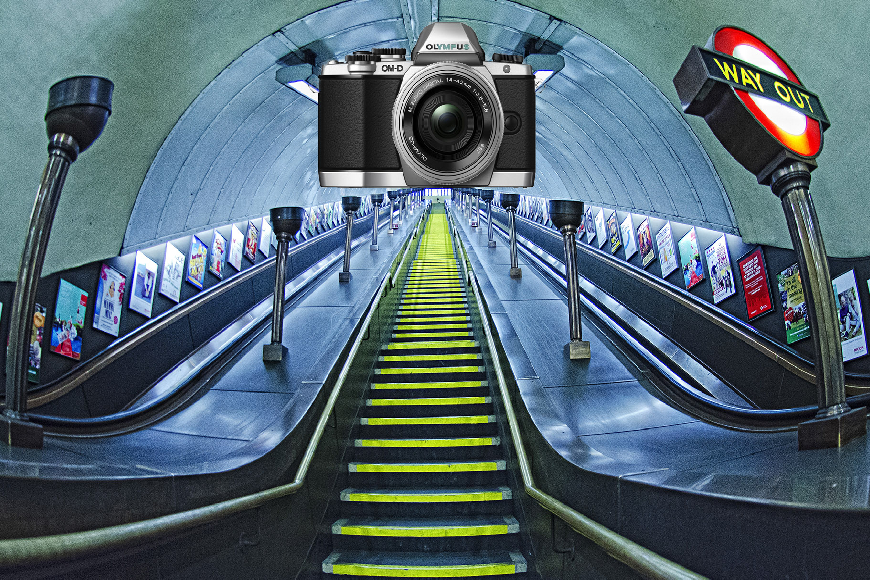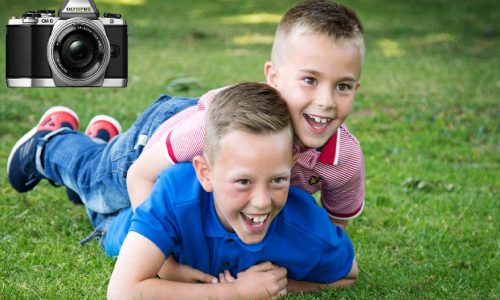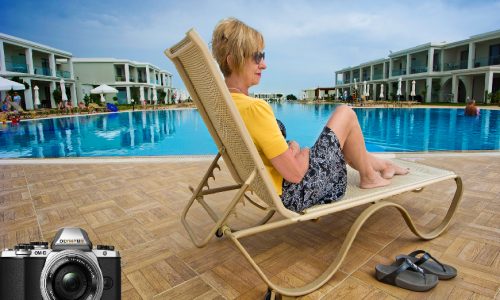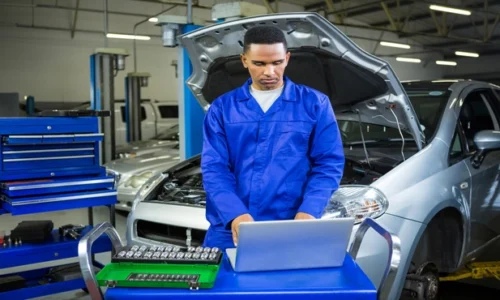This Become a Better Photographer – Part II Course is for professionals who want to be successful in their field. The course covers all of the necessary skills and knowledge for becoming a specialist in this field. This Become a Better Photographer – Part II Course will teach you real-world information and expertise from industry professionals and practitioners.
The Become a Better Photographer – Part II Course begins with a foundational understanding of Become a Better Photographer – Part II Course and progresses to sharing expert knowledge. This course will provide you with a thorough understanding of Anger Management and Problem-solving Skills, including important concepts, strategies for using it, and in-depth expertise.
With the Become a Better Photographer – Part II Course , you can gain new skills and expand your professional knowledge while working from home at your speed. The Become a Better Photographer – Part II Course has been professionally developed for you to complete via distance e-learning and get a professional certificate without ever having to leave your home!
You will have gained comprehensive knowledge and practical abilities at the end of this course. The course also includes an e-certificate, which can help you stand out in the job market by adding value to your resume.
You may realize your goals and prepare for your ideal profession by taking this comprehensive Become a Better Photographer – Part II Course . The Become a Better Photographer – Part II Course gives students an in-depth learning experience that they may work through at their own pace to help them advance their careers. The Become a Better Photographer – Part II Course will teach you everything you need to know to advance in your chosen field.
To give you the most convenient and rich learning experience possible, the Become a Better Photographer – Part II Course is divided into multiple modules. You will obtain an instant e-certificate as confirmation of complete skill development and competency upon successful completion of the Become a Better Photographer – Part II Course .
In conclusion, the Become a Better Photographer – Part II Course is an excellent way to advance your profession. So, what do you have to lose? Enroll right now!
Course Features
- Lectures 5
- Quiz 0
- Duration Lifetime access
- Skill level All levels
- Language English
- Students 1
- Certificate Yes
- Assessments Yes
Curriculum
- 11 Sections
- 5 Lessons
- Lifetime
- Introduction1
- Basic Settings1
- Slightly more advanced features & settings1
- Advanced exposure techniques1
- Focusing tips1
- Creativity and Real World Scenarios0
- Landscape Photography0
- Image quality0
- Using Flash0
- Supplementary Documents0
- Conclusion0







